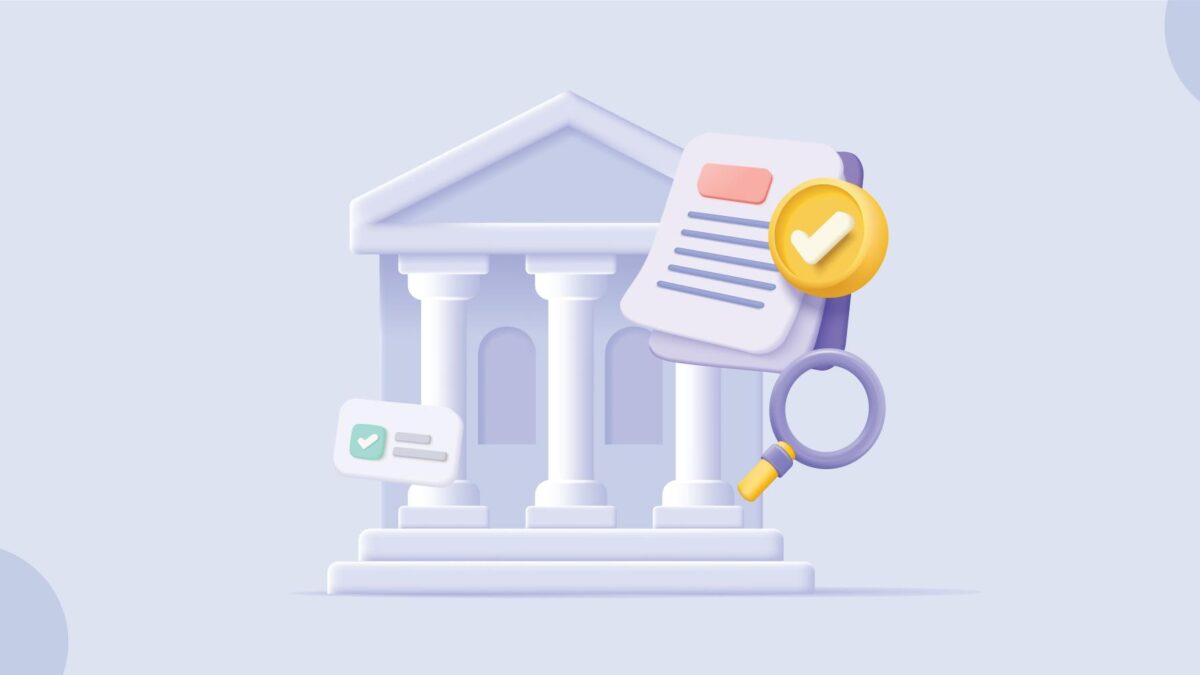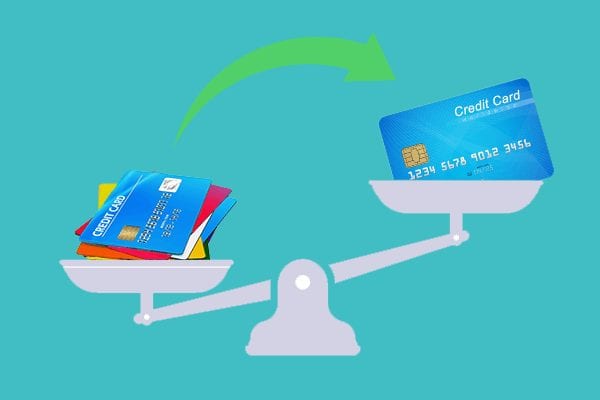Closing a bank account may seem like a simple task, but doing it incorrectly can lead to unexpected fees, missed payments, or even security risks. With online banking becoming the preferred choice for millions of Americans, many financial institutions now allow you to close accounts digitally without walking into a branch. Whether you’re tired of monthly maintenance fees, switching to a bank with better interest rates, or consolidating your accounts, learning how to close a bank account safely online is crucial. This comprehensive guide will walk you through the step-by-step process, highlight common mistakes to avoid, and provide financial tips to ensure a smooth transition.
Why People Close Bank Accounts
There are several reasons why customers decide to close their accounts:
-
High fees: Monthly maintenance fees, ATM charges, and overdraft penalties often push customers to switch.
-
Better rates elsewhere: Online banks and credit unions offer competitive savings rates and lower fees.
-
Relocation: Moving to a new state or city can make a regional bank inconvenient.
-
Consolidation of accounts: Many Americans reduce the number of accounts they manage for easier financial tracking.
-
Poor customer service: Long wait times, unhelpful staff, or lack of digital tools can drive users toward modern alternatives.
No matter the reason, the important thing is to close the account properly to protect your money and credit history.
Can You Really Close a Bank Account Online?
Yes, but it depends on your bank. While many modern banks and online-only financial institutions allow account closure digitally through phone apps or websites, some traditional banks require you to call customer support or even visit a branch.
-
Banks with full online account closure: Ally Bank, Discover Bank, Capital One 360, and SoFi.
-
Banks requiring assistance: Chase, Wells Fargo, and Bank of America often require a secure message or phone confirmation.
-
Credit unions: Policies vary; some demand physical paperwork or notarized documents.
Always check your bank’s account closure policies on its website or by contacting customer service before proceeding.
Preparing to Close Your Bank Account
Before closing your account, preparation is crucial. Mistakes can result in overdraft fees, bounced transactions, or delays. Here are essential steps:
-
Open a new account first.
Always secure another bank account before shutting down your existing one. This ensures you still have a safe place for deposits and transactions. -
Update automatic payments.
Redirect recurring bills like rent, utilities, mortgage, and subscriptions to your new account. -
Switch direct deposits.
Inform your employer, government agencies (for Social Security, VA benefits, or pensions), and any other income sources. -
Clear pending transactions.
Ensure outstanding checks and debit card charges clear before closure. -
Maintain a buffer amount.
Keep a small balance until you’re certain all transactions have processed.
Step-by-Step Guide to Closing a Bank Account Online
Step 1: Log in to Your Online Banking Platform
Go to your bank’s website or mobile app. Use secure Wi-Fi to prevent cybersecurity risks. Avoid public networks when handling financial transactions.
Step 2: Locate the Account Management Section
Most banks provide an “Account Services” or “Customer Support” tab. Here, you should see options like “Close Account” or “Request Account Closure.”
Step 3: Follow the Closure Instructions
You may be prompted to:
-
Answer security questions
-
Provide an electronic signature
-
Confirm where to transfer remaining funds
-
Upload identification documents
Step 4: Transfer Remaining Money
Banks let you transfer money to:
-
Another account within the same bank
-
An external checking/savings account via ACH transfer
-
By requesting a check mailed to your address
Step 5: Confirm Closure Request
Your bank may email you a confirmation number or closure request acknowledgment. Save these for your records.
Step 6: Get the Final Statement
Ask your bank to send you a final account statement showing a zero balance. Retain it for tax and record-keeping purposes.
Step 7: Monitor Your New Account
For the next 2–3 billing cycles, keep an eye on your old account’s status and your new account to ensure no transactions are missed.
Common Mistakes to Avoid When Closing an Account Online
-
Forgetting to transfer direct deposits: Payroll errors can leave you without income for weeks.
-
Leaving behind automatic subscriptions: Streaming services, insurance, and gyms may still attempt withdrawals.
-
Closing without clearing pending transactions: This can result in overdraft fees or missed payments.
-
Not securing a final statement: Without proof, disputes about account balance may arise.
-
Using public Wi-Fi: Never conduct account closures over unsecured connections.
Is Closing a Bank Account Bad for Your Credit Score?
No, closing a regular checking or savings account does not directly impact your credit score. Credit bureaus like Experian, Equifax, and TransUnion do not track standard deposit accounts. However, problems may occur if:
-
You owe overdraft fees or unpaid balances, which can go to collections.
-
You close an account tied to loan payments, and autopay is disrupted.
-
Your relationship with the bank weakens, affecting chances of loan approval in rare cases.
To stay safe, always ensure your account balance is zero and request written proof of account closure.
Can You Reopen a Closed Bank Account?
Once closed, most bank accounts cannot be reopened. Some banks allow limited-time reopening (30–90 days), but policies vary. If you regret closing, your best option may be to open a new account with the same bank.
Alternatives to Closing Your Bank Account
In some cases, closing may not be the best option. Instead, consider alternatives:
-
Convert the account type: Switch from a premium checking account with fees to a free checking version.
-
Reduce account usage: Keep the account open with a minimal balance for credit-building or as a backup.
-
Negotiate with your bank: Some banks waive fees if you ask, especially if you’re a long-term customer.
Protecting Yourself After Closing a Bank Account Online
After closure, safeguard your financial security:
-
Shred old checks and debit cards. Never keep unused materials.
-
Update your financial apps. Remove old account links from PayPal, Venmo, Zelle, and budgeting tools.
-
Check your credit report. Make sure no unauthorized accounts tied to your old account remain active.
-
Stay alert for phishing emails. Scammers often target people during banking transitions.
FAQs About Closing a Bank Account Online
1. How long does it take to close a bank account online?
Most closures happen within 3–7 business days, depending on pending transactions.
2. Can a bank refuse to close my account?
Yes, if your account has a negative balance, active overdrafts, or suspected fraudulent activity.
3. Do I need to pay fees to close my account?
Generally, no. However, some banks charge early-closure fees if you close within 90-180 days of opening.
4. Can I close a joint account online?
Both account holders must consent. Some banks require signed digital forms or branch visits.
5. Is it safe to close accounts online?
Yes, if you use secure banking apps and avoid public internet connections. Always keep confirmation records.
Final Thoughts
Closing a bank account online can be safe, fast, and hassle-free as long as you prepare properly. By updating automatic deposits, transferring funds, and confirming closure details, you can avoid overdrafts, delays, and unwanted fees. Remember to request a final statement and maintain security practices throughout the process.
If you’re switching banks, explore options with zero-fee checking, high-yield savings accounts, and strong digital tools. With careful planning, you can improve your financial health and make banking transitions smooth.




